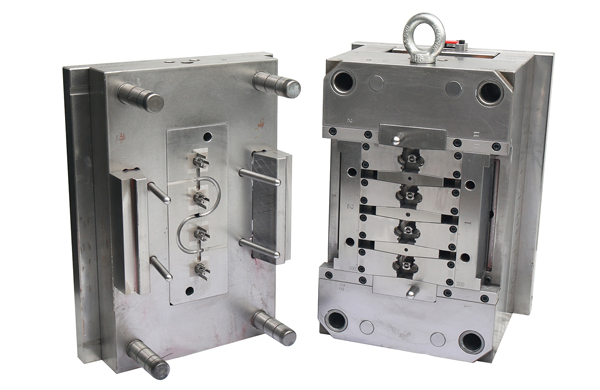Cracks, narrow fissures appearing on injection-molded parts, can stem from issues with the injection molding machine, mold, molding process, and raw materials.
1. Injection Molding Machine: The Test of Plasticizing Capacity
Insufficient plasticizing capacity, resulting in incomplete melting, is a primary cause of cracks. Upgrading to a machine with greater plasticizing capacity is crucial.
2. Mold: Where Details Make or Break
Poor ventilation leads to flow marks, weakening part strength.
Oversized gates cause overpressure in molded parts.
Leaks in cavities or cores; check for micro-cracks.
Excessively thin part design requires reinforcing ribs.
Ensure mold cavities and cores have adequate draft angles.
Mold maintenance is needed to prevent ejector pin oil from contaminating surfaces.
Increase ejector pin diameter and reduce ejection speed.

3. Injection Molding Process: The Art of Precise Control
Adjust barrel temperature to avoid material decomposition at high temps or insufficient welding strength at low temps.
Manage injection pressure; elevate temperature for smooth mold filling and reduced viscosity; reduce pressure to avoid internal stress-induced cracks.
Decrease preform back pressure and screw speed to prevent material degradation.
Appropriately increase injection speed.
Extend cooling time to ensure proper solidification, preventing jetting cracks or marks.
4. Raw Materials: Ensuring Purity and Dryness
Completely dry raw materials to prevent moisture-related cracks.
Identify and control impurities in raw materials.
Determine the appropriate proportion of recycled material through testing to avoid excessive addition.